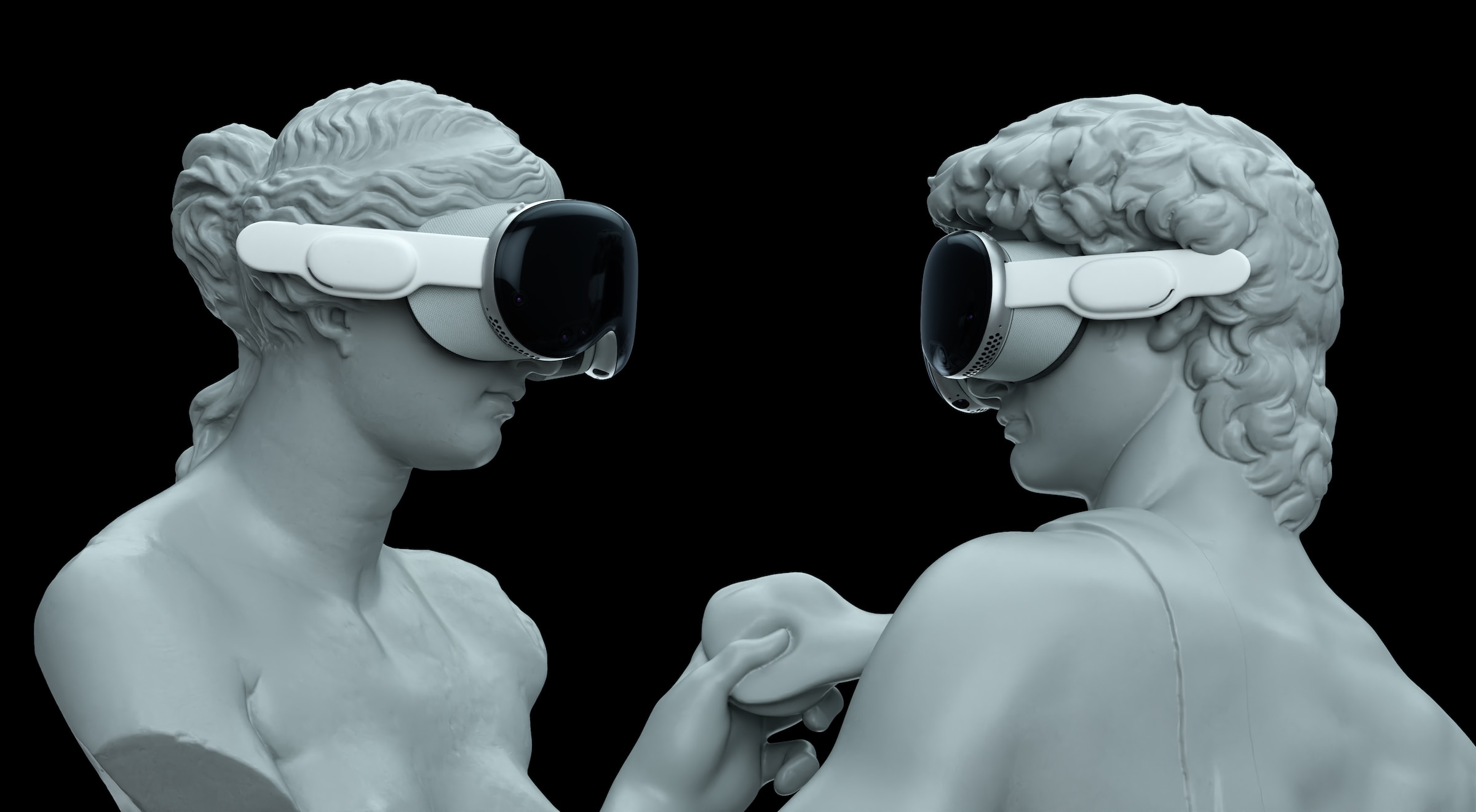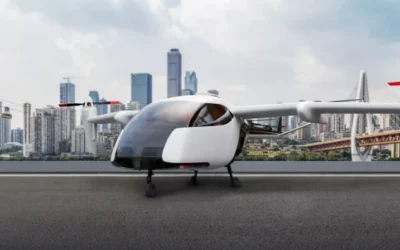A.I. arrived on the scene creating excitement in the 1950’s, and has evolved, shaped and impacted the development of Machine Learning, Deep Learning and a variety of acronyms we’ve grown to know and love.
Consider for a moment that in 1926 the U.S established the “Electricity Supply Act“, and over the course of the coming decades we added electricity to everything. The toaster, the washing machine, the refrigerator, the butter churn… This paved the way for a renaissance of movements like Bauhaus and sustainability initiatives and begged creative minds to ask themselves the question, “what else can we do with this?”.

Early Electrified Toaster Cr: Gabriel McCallin
Just Add Electricity has become Just Add A.I.
Looking back, the answer to this question is more inline with “what else haven’t we done with this?”. Electricity has unlocked a super power to rapidly evolve and has inspired a wave of renaissance endeavors, from science fiction, to quantum computing – even perfecting artisanal breads and craft brewing.
A.I. and emerging technologies are poised to effect society in a similar way. Machine Learning has unlocked our ability to improve communication with NLP (Natural Language Processing) and CUI (Conversational User Interface). Affecting written communication, how we speak to machines like Siri and Alexa, and also bridge the language barrier. With a strong capability in pattern recognition it’s given us the ability to then move on to NLG (Natural Language Generation) or the wave of Generative solutions exploding on the market in all directions.
We have entered an era of “just add water”, or in this case, “just add A.I.”. Our ability to enhance everyday objects and or the mundane with intelligent capabilities will unlock an exciting digital era renaissance. A movement where the modern person can develop versatility across domains, find their voice through artistic expression and pursue intellectual curiosity.
Unlocking a Digital Era Renaissance
As we find our footing in this new era of commonplace intelligent solutions I believe some of them will begin to fall away into the background, become part of the mundane and require less attention. Over the last 4 years we’ve experienced a compounding acceleration of transformations and it genuinely is a struggle to keep track, let a lone keep pace. The world keeps on turning, but the advances we are making between sun up and sun down have us waking up in new worlds almost daily.
AI History Highlights
1926 Electricity Supply Act
1940 Enigma Machine
1950 Turing Test
1955 AI coined as a term & first programs capable of learning
1961 Unimote, first industrial robot
1964 First chatbot introduced
1980’s Algorithms that can learn by example, rather than rules
2010 Neural networks spur Deep Learning breakthroughs
2010 – Present : AI/ML Acceleration
Credits, Sources, Resources
AI Timeline from the 1940’s: Verloop.io
Digital Transformation – Survive and Thrive in an Era of Mass Extinction, Thomas Siebel




